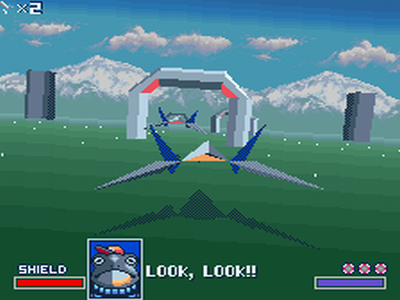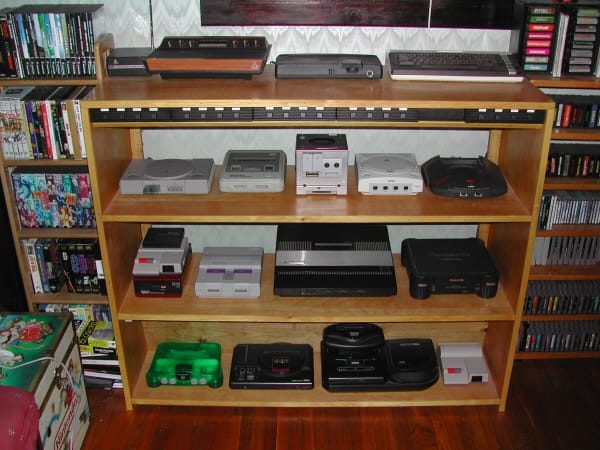What's Wrong With the Smithsonian's Crowd-Sourced Video Game History?
After a two-month-long public vote, the Smithsonian has released the results of its poll to determine the most important video games in history, for their upcoming The Art of Video Game exhibition. The selection attempts to provide a comprehensive canon of historical video games, but there are a few

After a two-month-long public vote, the Smithsonian has released the results of its poll to determine the most important video games in history, in preparation for their upcoming The Art of Video Games exhibition. Divided by system and category, the selection attempts to provide a comprehensive canon of video games. But there are a few things wrong here.
Looking through the results, which are available in PDF format here, there’s a clearly recognizable narrative. It’s a greatest-hits history of games made up of names everyone already knows, tracked through video game systems that sat in living rooms rather than labs or universities.
Take a look at the first section, “Era 1: Start!”, made up of the earliest games. Yet what’s included here is Pac-Man and Space Invaders (an E.T. game didn’t quite make the cut), ignoring an entire early heritage of simulators and basic games: 1972’s Pong doesn’t even get a nomination. Is Pac-Man really the earliest thing that can be canonized as a video game? Or are the curators just failing to notice things that fall outside of their home-console definition of a game? Art:21‘s manager of digital media and strategy, Jonathan Munar, noticed the same thing in an email to me:
I think it’s interesting that, of the 80 games included, only one of them — Pac Man (arcade) — happens to be an arcade cabinet. Even then, it’s one of the five games that the public did not vote for. Granted, many of the included games are home console ports of arcade games, but for an exhibition that celebrates “striking visual effects,” choosing a port over an arcade cabinet is the equivalent to choosing an 11-inch dot-matrix printout of a 20-foot wide Pollock canvas over the original … Arcade games are as integral to the history of video games as the Atart 2600 was. Pong, originally an arcade game, is largely recognized as one of the first commercially successful video games and arguably created the video games industry.
As we progress in years, we see that some classics have made the list. The 1986 Legend of Zelda and 1991’s Super Mario World are innovative games the made history, but they’re also obvious choices, the top dogs of the early Nintendo era, as Final Fantasy Tactics and Metal Gear Solid are for Sony. But the issue is that the list is completely limited to home-gaming systems and games mass-published by large companies. Where are the home computer games before 2000? Are indie developers important at all?

The list resulting from this are akin to art history told only through the collections of only the largest museums, or works listed by the frequency they’re photographed by tourists. The crowd-sourced results say something, but they don’t tell the whole aesthetic story, as massive polls often don’t (see my problems with crowd-sourced shows here). Julia Kaganskiy, global editor of The Creators Project, which examines the intersection of art and technology, wrote to me about the Smithsonian’s list results:
… What I’m hearing from my hardcore gamer friends is that it feels like a somewhat dumbed down approach to the topic. There are perhaps games that were groundbreaking and innovative, which were pre-cursors for games that may have ultimately made the list, but because they weren’t blockbuster titles, because they’re not household names, are likely to get overlooked in a crowdsourced approach like this … Things like crowdsourced curation should be balanced out with curatorial authority to create a new, hybrid model.
The intention to develop a formal history of video games is a laudable and important goal, but after seeing this list, I’m not expecting much from the exhibition. Sure, seeing all your favorite games at once in a museum is great, but will we actually learn anything, or see any new insights? There are some good signs, particularly the inclusion of indie computer games Minecraft and flOw in the results. But we’ll have to wait until March 2012 when the show opens to find out what the curators’ greater vision for the history of video games is.




